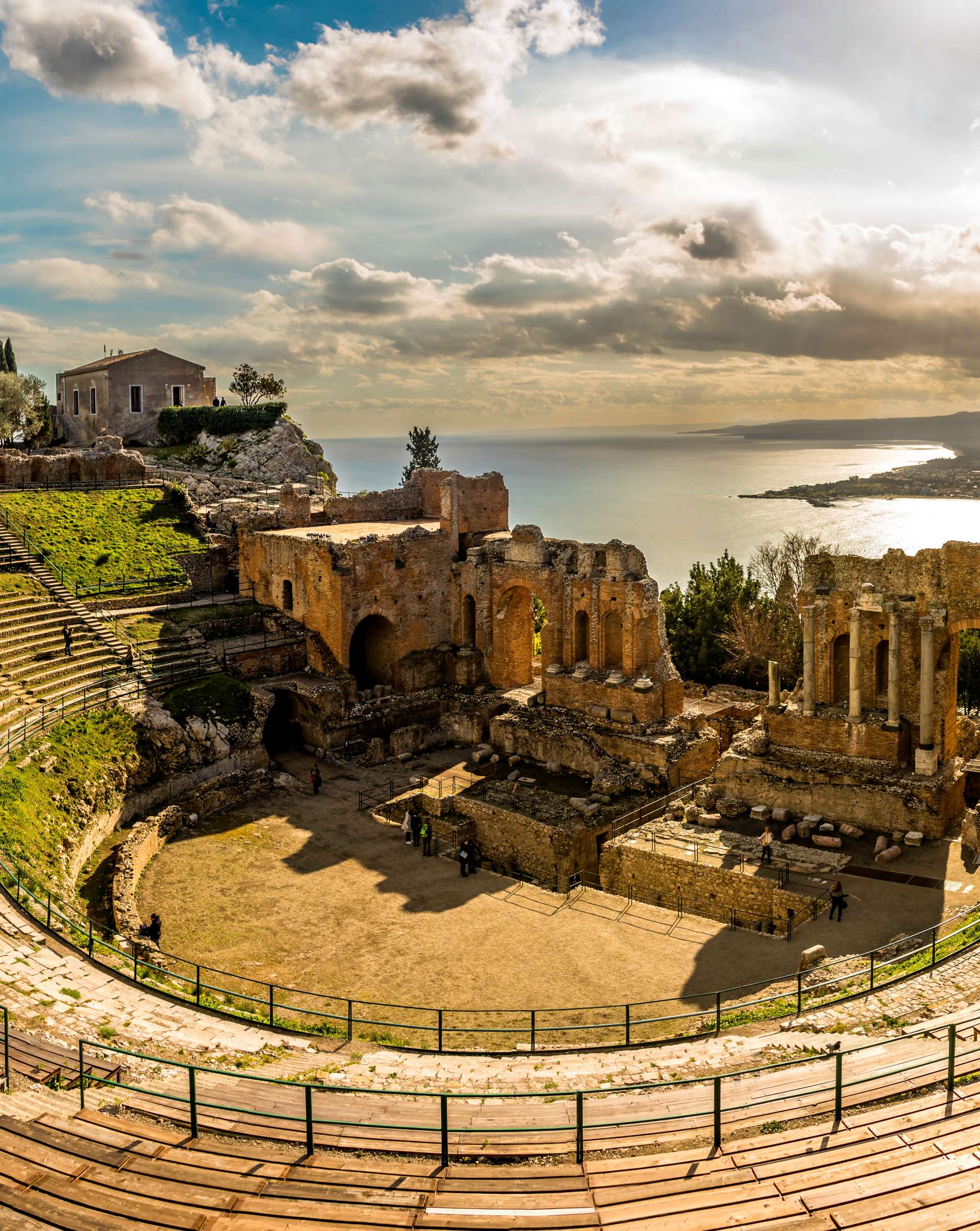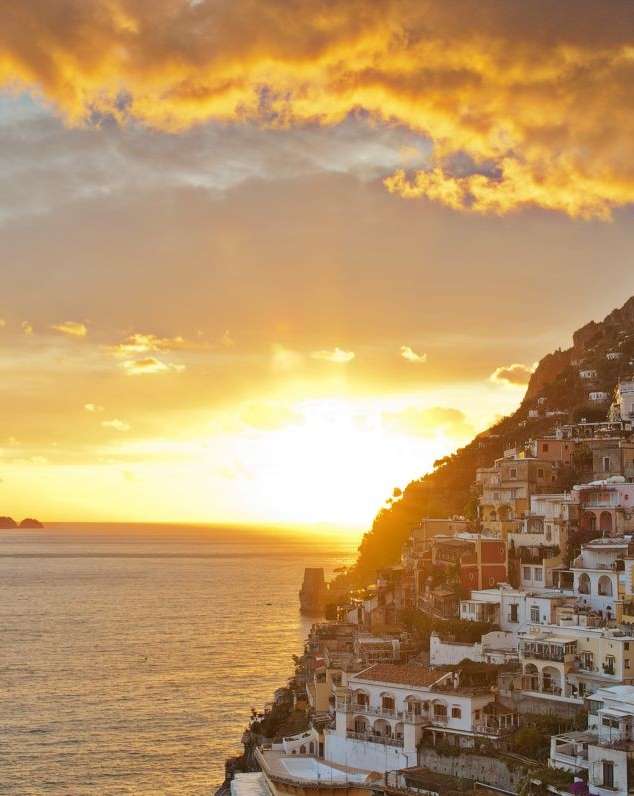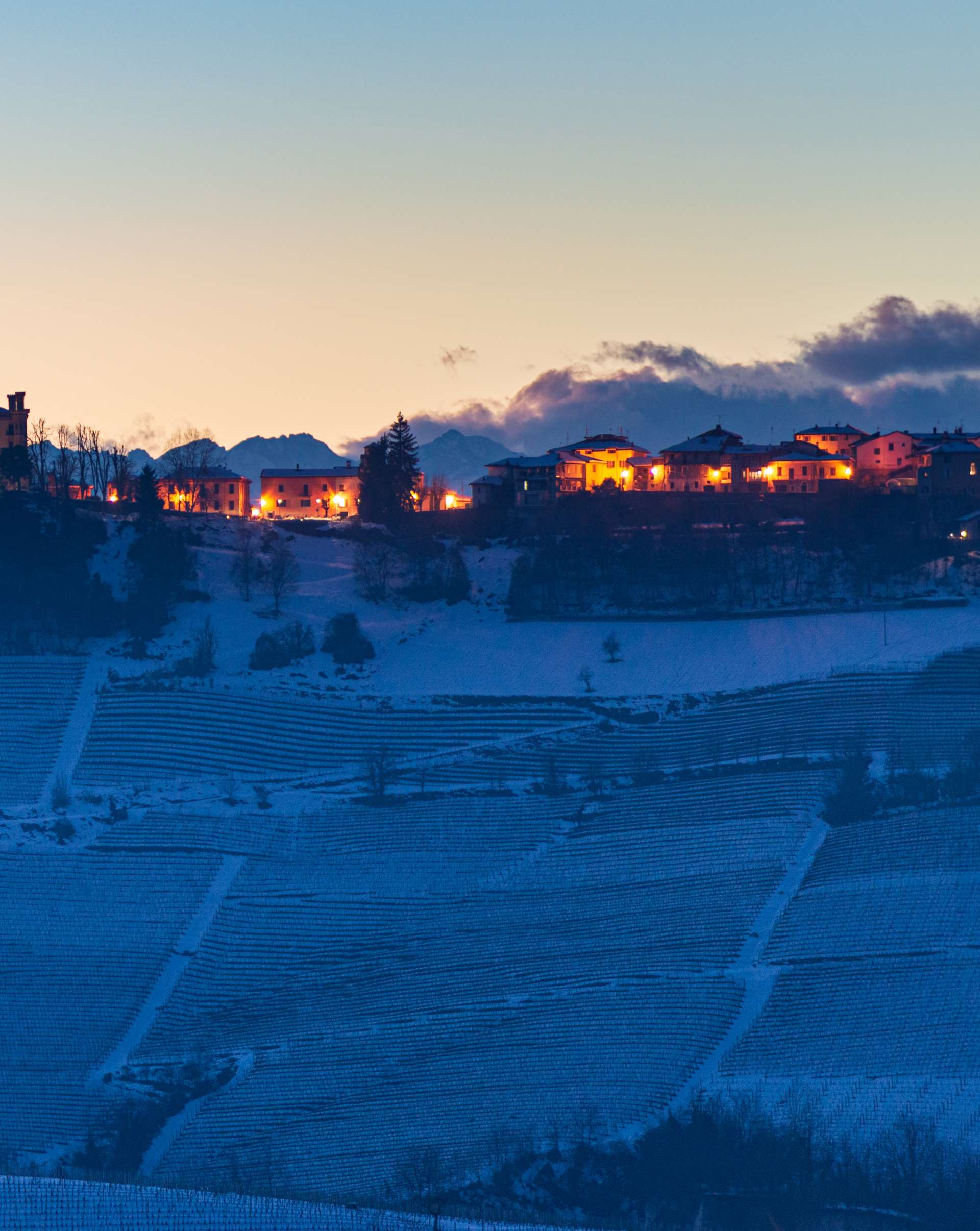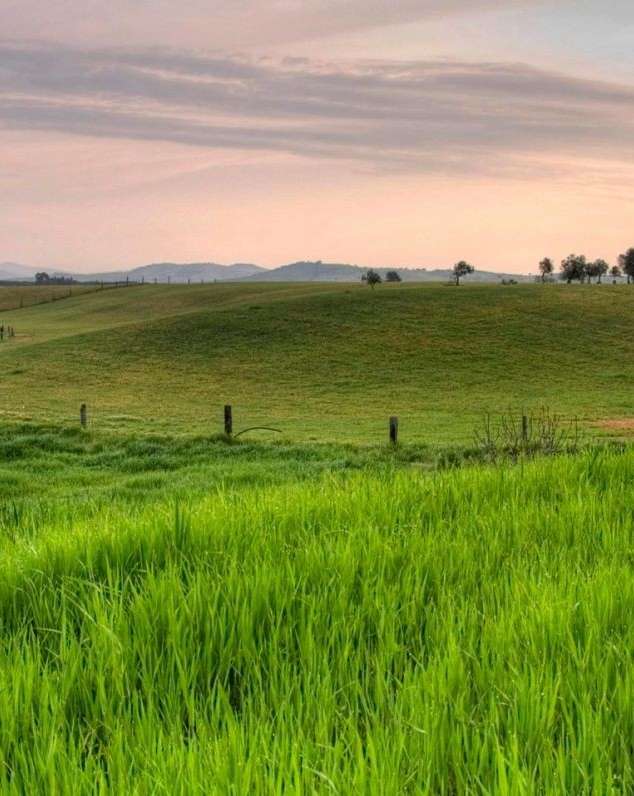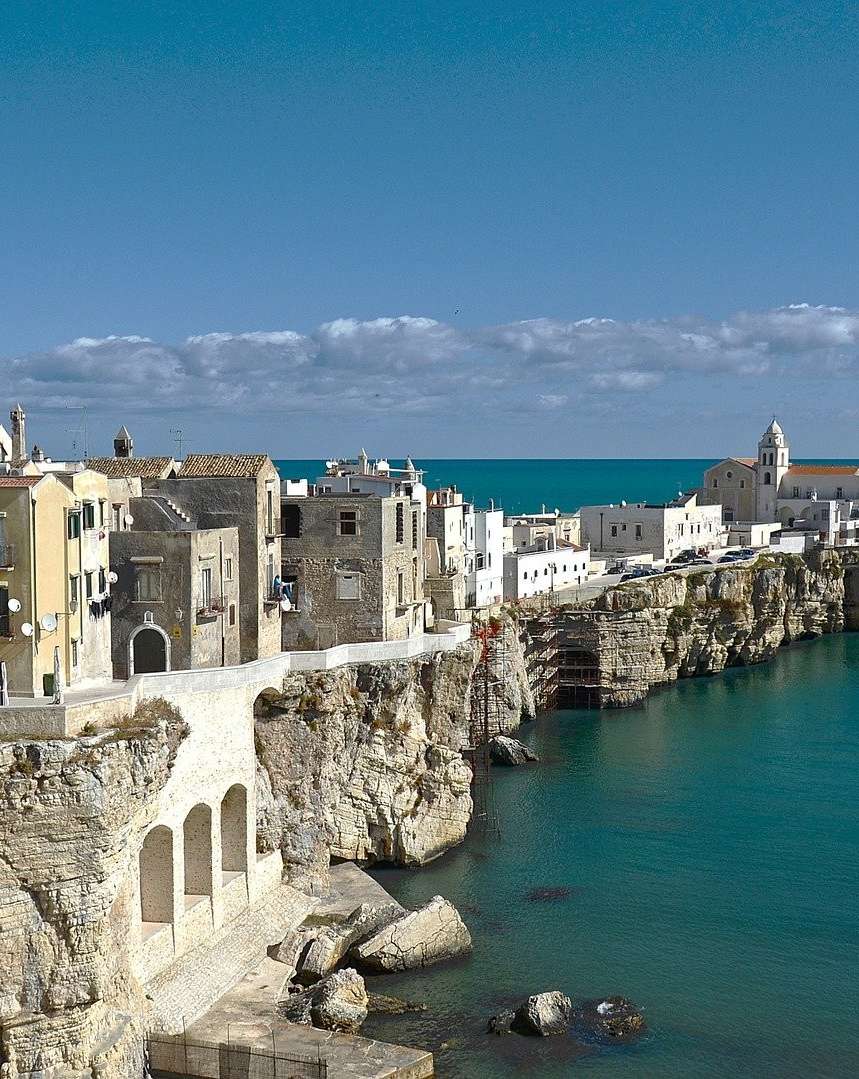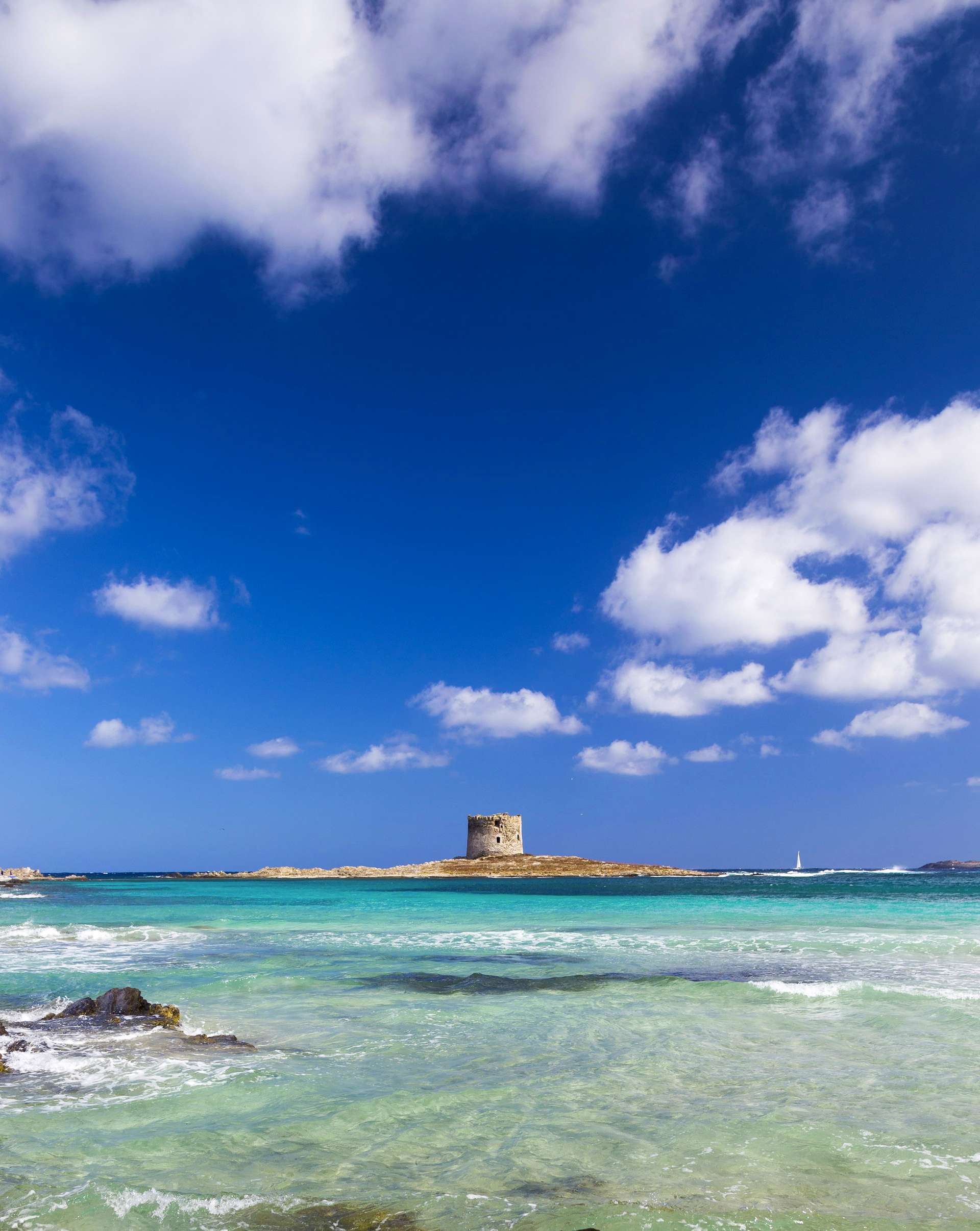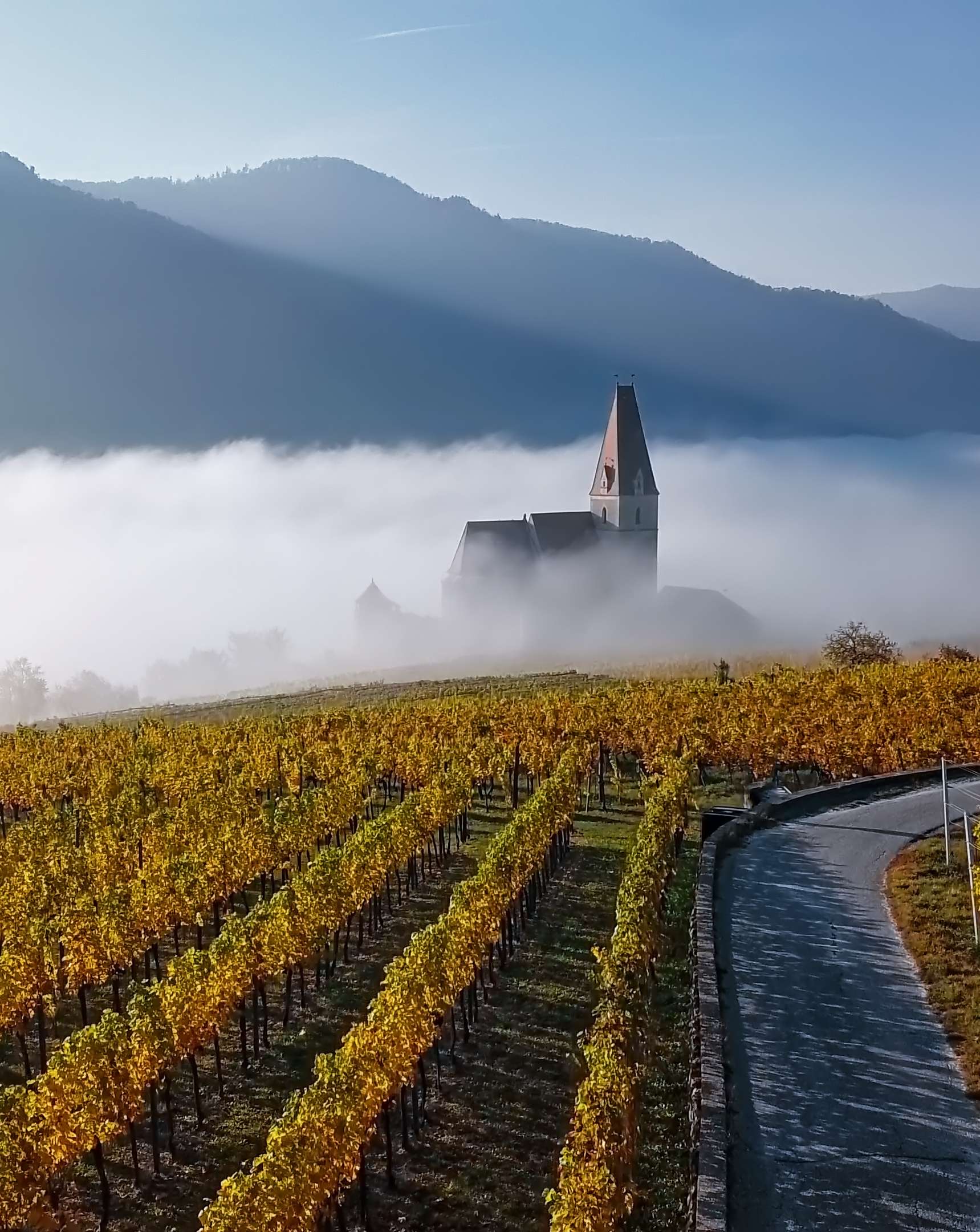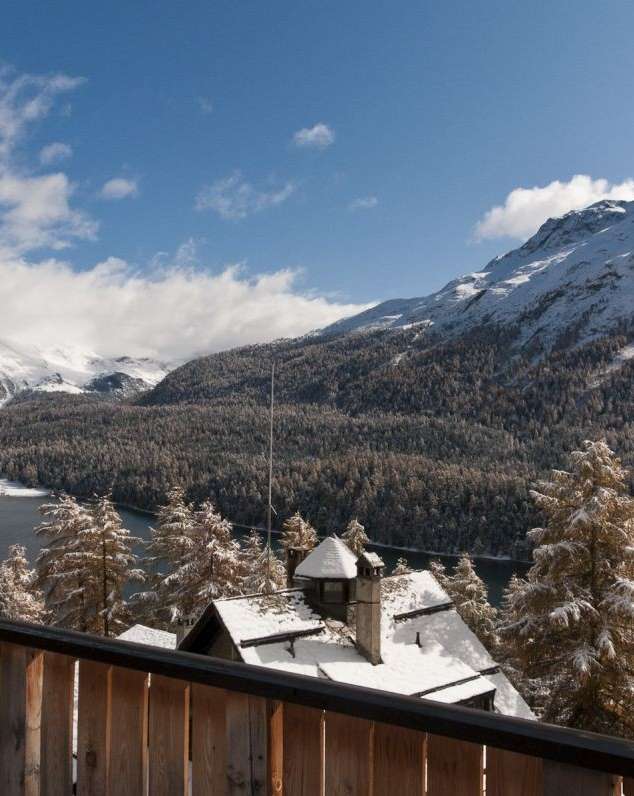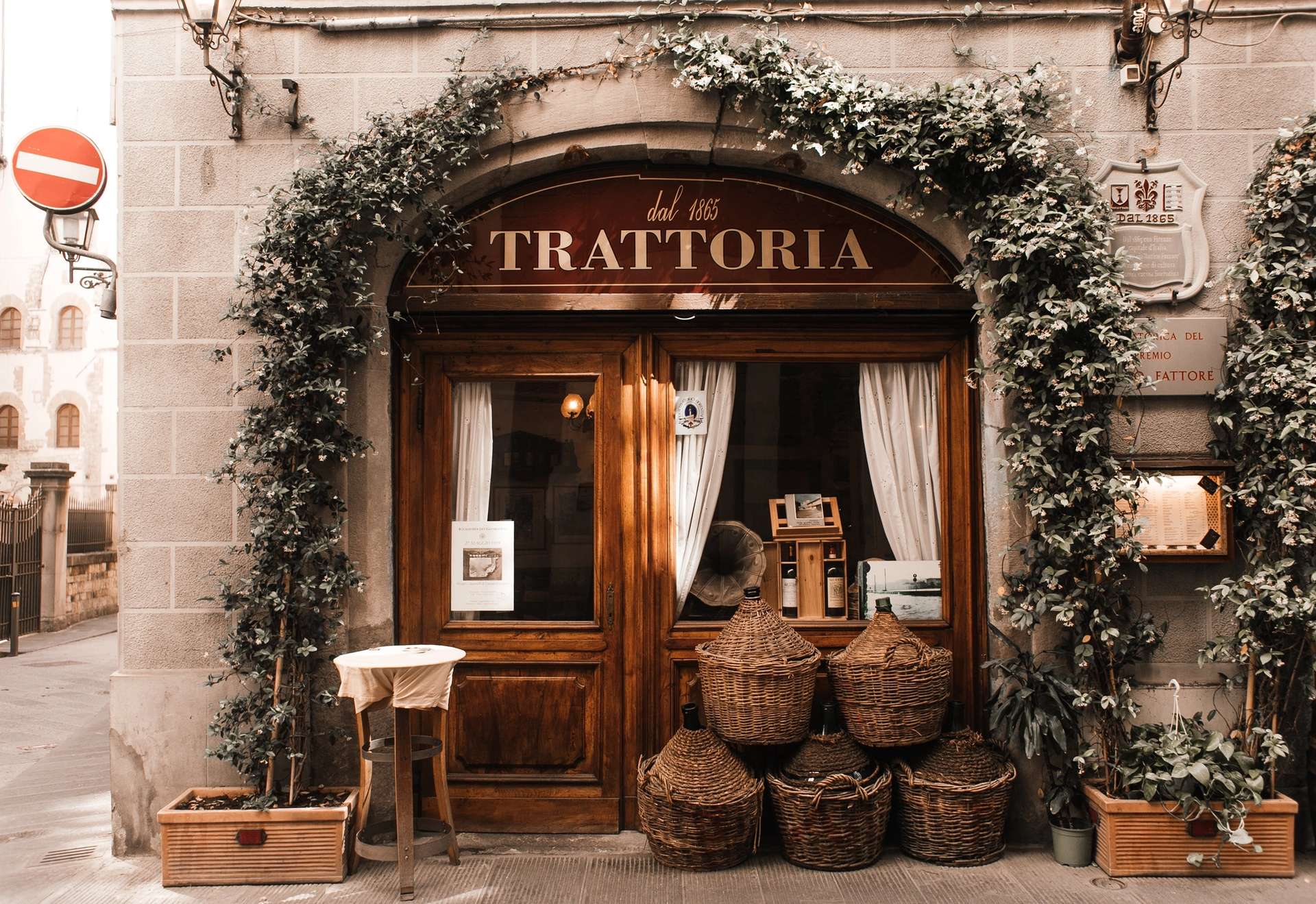
Tuscany: a 'yellow' triumph of colors and flavors
May 13, 2014If we had to associate a color to each region of Italy, the Tuscany’s one would definitely be yellow. It would be a warm yellow, in its ocher and mustard variants, the one that we find so often in the typical landscapes of the Tuscan countryside, as in the dishes that characterize it.
First and foremost in both importance and use comes the bread of Tuscany, with its golden colored crust. It’s made with old kinds of wheat, which are grown exclusively inside the region and are characterized by the correct amount of gluten and the presence of wheat germ. This particular bread is called "sciocco", because it has no salt, so it’s good for any salt restricted diet; it’s also naturally leavened, using an acid sourdough and without the addition of any chemical additives.
This light tasting bread can also be enjoyed with just a drizzle of olive oil from Tuscany, the one having a dark green color and golden highlights. Thanks to its fruity fragrance with a spicy and slightly bitter aftertaste, this oil is ideal to be consumed raw on bread, or with vegetable dishes and soups.
Legumes are another typical food of Tuscany, with colors ranging from light hazel to brown. They are a protein source, rich in fiber and calcium and also low in fat. Their cultivation requires far fewer resources than those used in breeding, making them a cheaper and most of all more sustainable product. In particular, the region’s typical ones are the Sorana bean, the Zolfino bean, chickpeas and lentils. Among cereals, spelt is the most important one.
These foods should be flavored with spices such as the very yellow turmeric and curry. These are obviously not local products, since they have Oriental origins, but they are perfect for both their flavor and their antioxidant and anti-inflammatory properties.
Finally, it is impossible not to mention the typical Tuscan pecorino cheese (PDO), with its crust that ranges from light yellow to deep yellow depending on its age. This cheese is produced using only whole sheep's milk and has good nutritional characteristics. And what’s better than accompanying it with a nice spoonful of bright, ripe wheat-colored, raw honey? This kind of honey has excellent organoleptic and nutritional properties and it is ideal to enhance the flavor of any cheese, especially the local pecorino one.
So, thanks to the fields of straw yellow wheat and the endless fields of sunflowers in Tuscany (their biggest producer), this hue dominates both the environment and the table in a blaze that bewitches sight, smell and taste ever since the first meeting.
This article was written thanks to the expert advice of Dr. Maria Angela Villani.

